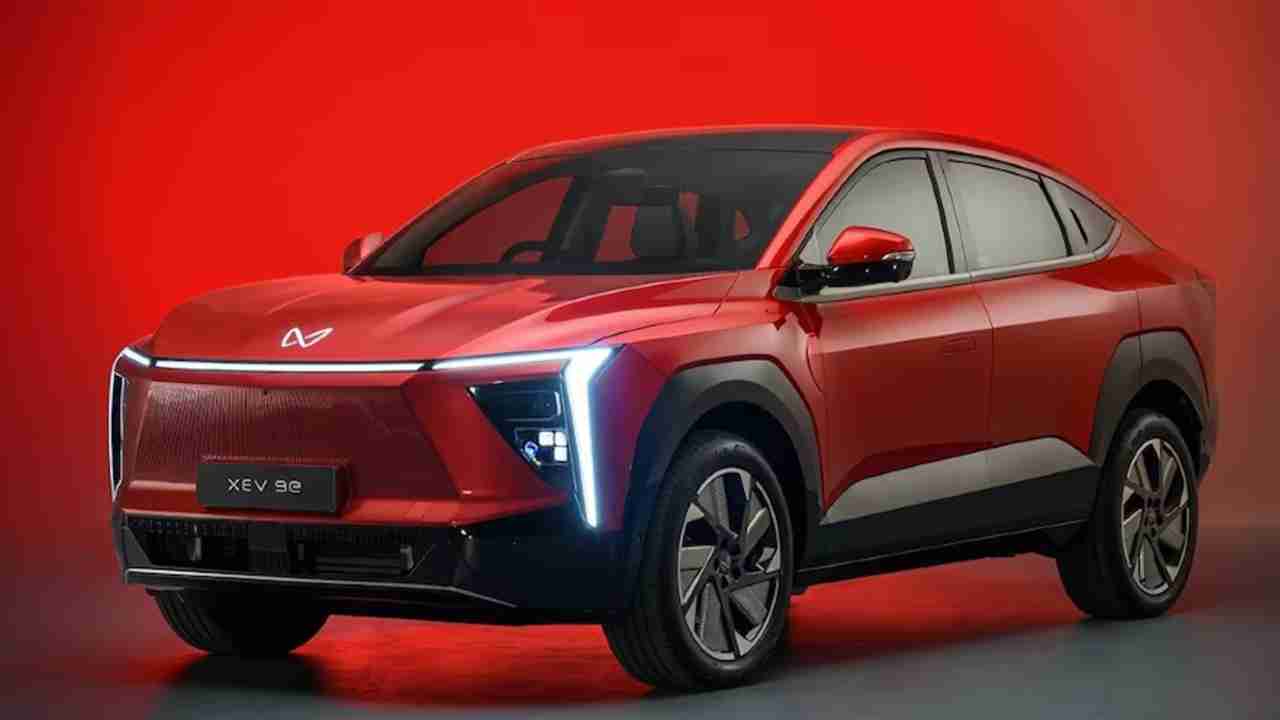Shares of Ola Electric Mobility, a prominent player in India’s electric two-wheeler market, are currently experiencing a significant downturn. As of Monday, the stock price has fallen below the critical ₹100 threshold, closing at ₹97.85 per share – a level not seen since mid-August.
This decline marks a staggering 20% loss over the past eight trading sessions and a total drop of 38% from its peak at ₹157. Investor apprehensions are growing regarding Ola Electric’s market share potentially waning in the competitive electric two-wheeler segment.
Competitors from the internal combustion engine (ICE) sector are ramping up their production of electric vehicles, adding to the pressure on Ola Electric. These rivals are not only rolling out new models but are also strategically pricing their offerings to attract a broader customer base.
The stock’s decline is exacerbated by hefty profit-taking activities post the lock-in expiry of anchor investors. After a remarkable 73% surge following its debut on the stock market on August 9, many investors are now opting to cash in on their profits, thereby amplifying the pressure on the stock’s value.
Additionally, significant operational challenges are surfacing, as reports indicate that Ola Electric customers are facing serious hardware malfunctions and software glitches with their vehicles. Compounding these issues, accessing spare parts has become increasingly difficult, leading to long service delays. Service centers in India are reportedly overwhelmed, with nearly 80,000 complaints received monthly.
Market Share Concerns
Ola Electric’s market share has dipped to 31% in August from 39% in July, raising alarms among analysts about its position amidst a surge in competition. The domestic brokerage firm Ambit Capital has pointed out that while the electric vehicle (EV) market in India is still emerging, the increasing competition may pressure Ola Electric’s market dominance.
Future Projections
Ambit Capital forecasts that Ola’s market share could decline from 35% in FY24 to 27.5% by FY29 and potentially down to 25% by FY31. As a result, they have initiated coverage on the stock with a ‘sell’ recommendation and a target price set at ₹100—coinciding with today’s stock performance.
Moreover, global brokerage firm HSBC Securities has raised concerns about Ola Electric’s recent market share dip. They predict a potential downside risk of 15-20% to the company’s volume estimates for FY25/26 if the current trends persist.
Analysts note that industry players such as Hero, Bajaj, TVS, and Ather Energy, previously perceived as slower movers in the market, are now positioning themselves to capture greater market share. They aim to do this by launching more affordable electric scooters along with enhancing their distribution networks while maintaining a strong focus on quality.
Furthermore, Honda Motorcycle and Scooters India (HMSI), a front-runner in the ICE vehicle market, has yet to launch an electric scooter. This delay could further bolster competitive pressures faced by Ola Electric.










